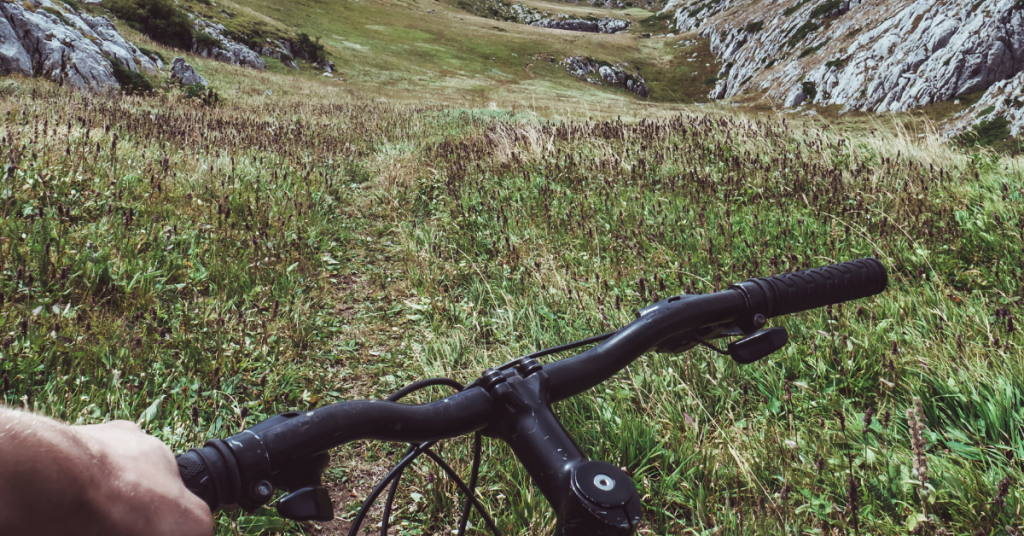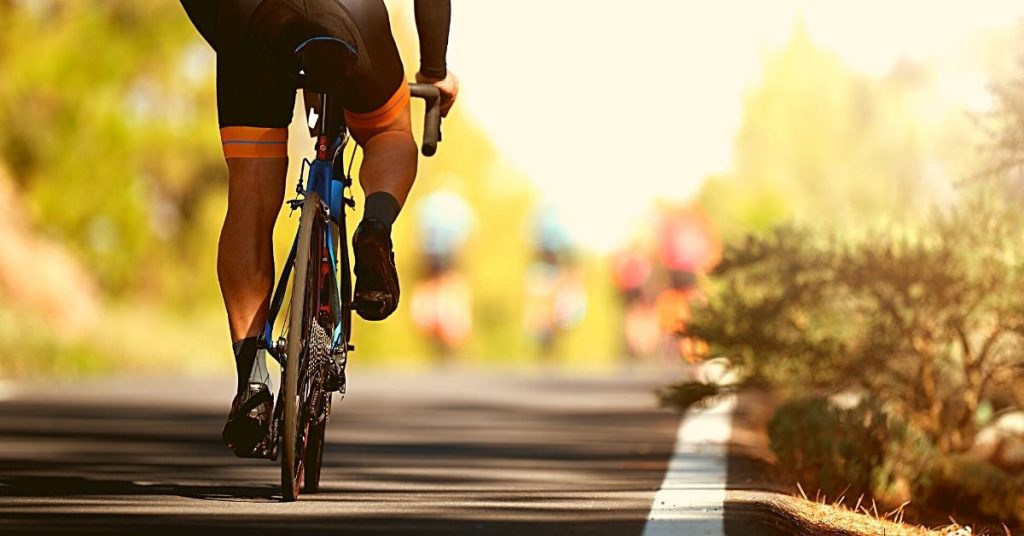The truth is that most cyclists would like to be better climbers. Even if your natural abilities lend themselves to being strong in the hills, there’s no doubt still room for improvement. With the increased accessibility of performance metrics, it’s easier than ever to hone in on what it takes to be a stronger climber. Factors such as what metrics to pay attention to, individualized workouts, and applying these items to a tailored training approach can be easily accomplished with some direction and focus. Being a better climber, like every other aspect of training, can be tackled with specificity and precision once you know where it is you stand to see the biggest gains.
What to Focus On
Climbing ultimately boils down to Watts per Kilogram (W/Kg). If you’re riding on mostly flat terrain W/Kg isn’t overly important. When things are flat, the rider with the highest absolute power will most often be the fastest. However, as we all know, most races, events, and routes aren’t completely flat. In fact, huge climbs or incessantly rolling hills are what most events toute as their stand-out feature. With this in mind, there are three relatively straightforward ways to increase W/Kg.
- Increase your power output while keeping your weight constant.
- Keep your power output constant while decreasing your weight.
- Increase your power output while also decreasing your weight.
While any one of these approaches may work for you, it’s important to first identify which one is the best and safest to pursue. To do this, first start by calculating your W/Kg at different durations along the Power Duration Curve. The four standard durations are 5 second, 1-minute, 5-minute, and FTP (Functional Threshold Power). These four durations not only correspond to different systems in the body, but also let you work on event-specific efforts to make sure you’re building strength in the appropriate areas. Once you identify where there’s room for improvement you can then select the right approach for you to begin increasing Watts per Kilogram.

Many cyclists are already managing their weight properly. However, if you can safely lose weight, it’s often the best and most effective way to increase W/Kg. It’s the only way to see nearly immediate gains in your climbing ability while maintaining a steady threshold. One pound of excess body weight takes two watts to get up a hill, or three kilograms of fat takes an extra three seconds per kilometer on a climb. Meaning that if you have ten pounds to lose you could climb 7-10% faster. Those gains would take much longer if your focus was strictly on increasing your power output. Before you begin down the path of weight loss, a simple calculation of height to weight ratio may help you. Simply divide your weight by your height in inches to arrive at the ratio. A general rule for climbers is to be around 2.1 lbs/inch for men and 1.9 lbs/inch for women. This is not a definite rule, but rather a good place to start to understand how and where the best way to improve W/Kg is for you.
What Workouts to Do
Once you’ve identified how it is you need to increase your W/Kg, the next step is to integrate workouts that will make you a better climber. Remember that increasing your climbing-specific power will always result in being a more capable and confident rider, even if weight loss is part of your approach. The primary focuses are to increase your body’s lactate clearing potential, aerobic and anaerobic capacity, muscular strength, as well as threshold.
To prepare your body for climbs in the 5-20 minute range the following workout is a good structure to work from. After a dynamic warm up the intervals start with two minutes out of the saddle at 120% of FTP, followed by eight minutes seated at 97% of FTP. You can increase the number of sets, or the duration of the intervals as fitness increases or to match the specifics of your event.
There are a few areas that this particular workout helps to bolster. One is building muscular strength to be able to produce efforts at, or just below, FTP. The structure of this workout encourages FTP gains and also develops the anaerobic system when energy from that source is needed. Working on maximum aerobic power, and the ability to draw from both the aerobic and anaerobic systems, is critical in the development of a proficient climber.
For shorter more high intensity efforts lasting less than 5 minutes often found on “rolling” courses, or for short steep climbs, this workout is a great go-to. After a warm up the workout focuses on sub-threshold work with a series of progressive surges mixed in. The first set is to be performed by riding for 2 minutes at 92% of FTP and then surging for 30 seconds at 110% of FTP. Then after a short recovery period the next set builds on the first by calling for three minutes at 95% of FTP with thirty second surges at 115% of FTP. The goal is to try and do at least four of these surges per set, increasing as fitness is gained. The focus on supra-threshold efforts helps to develop the body’s lactate clearing potential in which the body is able to process lactate as fast as it’s produced. When this occurs it allows the body to continue to absorb calcium at an appropriate rate and facilitates proper muscle contraction. The more developed an athlete is in this arena, the harder they can go and the more “matches” there are to be burnt.
Putting it All Together
Identifying the need for an increase in W/kg and the best way(s) to achieve those gains is only part of the equation. Putting it all together in a properly laid out and individualized training approach is the next step. Becoming a better climber takes a consistent focus through multiple seasons. In the early base periods, strength training in the gym can help to build muscular strength, power, and endurance. This helps to lay the foundation for a focus on increased power at critical durations in the early part of the build period. Often times an increase in FTP as well as W/Kg are the desired results coming into the “season”. Now it’s time to integrate specific workouts in order to prepare your body for the demands of key races, or climbs, during an event. Always match the workouts to where it is you’d like to see adaptations in your body.
If you want to be a good climber you have to climb! Identify climbs on your favorite route or in your area that you can use as yardsticks to track your progress. You can analyze your power on these climbs, as well as simply tracking the time it takes you to get up them. If you live in an area that’s flat, or climbs are hard to get to, all is not lost. Use a headwind to mimic the resistance felt on a climb and ride into the wind in a big (hard) gear. This will help build endurance and power for when you encounter any real climbs.
Climbing, like any other component of training, takes time to develop. Whether your goal is to finally complete a climb that’s always bested you, or to be able to drop your competition during a race, climbing is always something worth working on. Continually track your progress by monitoring increases in W/Kg, power at key durations, and your success during climbing-specific workouts. Progress will come when you’ve dedicated the time and identify exactly what it is you need to do to be a better climber.



